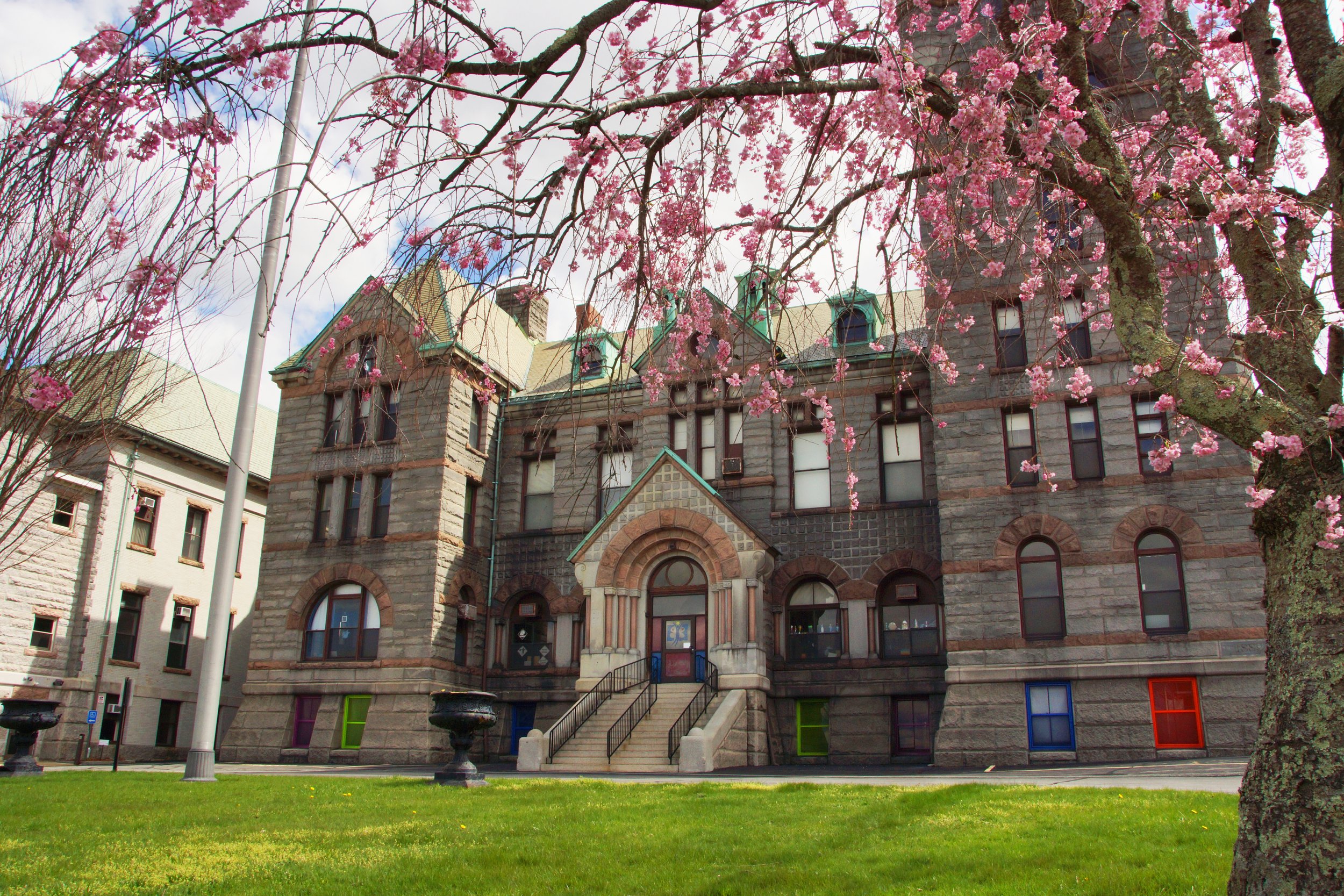
History and Mission
History
Our history
The Children’s Museum of Greater Fall River operated as a museum without walls in 1999. Volunteers carted museum exhibits to community events, working out of cars and vans, but always hoped to find a permanent location. Museum founders leased the Bristol County Superior Court House in 2012, and after making renovations and a soft opening, opened fully in March 2013. Since then, the Children’s Museum of Greater Fall River has grown steadily, grant by grant, sponsor by sponsor, donor by donor, and room by room.
Our target population is children between the ages of 1 and 10 and their families. We recently celebrated our 10th Anniversary and are beginning the phase of upgrading our oldest exhibits in order to support the growing population of patrons.
mission and goals
our mission
The mission of the Children’s Museum is to provide an environment that encourages and inspires a love for the learning process while strengthening family, education, and social bonds. In its unique environment, children actively make connections among ideas, people, and cultures. Encompassing the broad themes of community, family, and creativity, the museum encourages children to define their role in contributing to society at large while supporting every parents’ effort to be the best caregiver possible.
Our Goals
To help children understand and enjoy the world in which they live.
To offer interactive exhibits that respond to children’s diverse educational needs, nurture their cognitive development, and celebrate their role in our lives.
To provide a creative center for hands-on learning through permanent and changing exhibits that stimulate intellectual curiosity and exploration in the areas of math, science, technology, the arts, and humanities, while fostering the development of problem-solving skills and creativity.
To support public and private education systems by providing enriching interactive learning experiences that are consistent with specific curriculum areas.
To offer educational programs that complement exhibit themes and experiences, isolate content areas for facilitated interactions, and meet the needs of specific constituencies.
To serve the needs of children, families, and schools as a center for learning and discovery.
To serve as a resource for parents, educators and all who seek to enrich the lives of children.
To develop partnerships between public and private sectors, including businesses, industry, and educational institutions, to facilitate learning and stimulate intellectual curiosity in young people.



